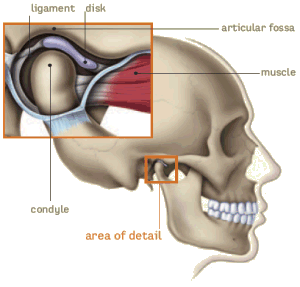 There are toxic ingredients in the common aerosol and even wax air fresheners that are on the market today. Many of these harsh chemicals can trigger asthma or allergies and can lead to headaches. With the number of toxins in our home environment already, we need a natural alternative that won't break the bank or lead to health problems. I've got the solution so LISTEN UP!
There are toxic ingredients in the common aerosol and even wax air fresheners that are on the market today. Many of these harsh chemicals can trigger asthma or allergies and can lead to headaches. With the number of toxins in our home environment already, we need a natural alternative that won't break the bank or lead to health problems. I've got the solution so LISTEN UP!Many of the staples you'd find in your kitchen can be used to brighten your home with delicious scents and even bring a unique blend to any holiday. For this project you'll need some mason jars, variety of herbs, spices, and citrus, and possibly some essential oils to mix for different scents!
Step 1:
To start with you'll need to figure out what scents you think will work best for your home. I've got some suggestions listed below and you can mix and match as much or as little as you want.
Citrus/Fruits: Lemon, Lime, Orange, Grapefruit, Cranberry, Strawberry
Essential Oils/Extracts: Eucalyptus oil, Almond oil or Almond extract, Vanilla extract, Spearmint oil
Spices/Herbs: Basil, Cilantro, Thyme, Rosemary, Pine sprigs, Bay leaves, ground or whole Nutmeg,
ground Cinnamon or Cinnamon sticks, ground or whole Cloves, ground or whole
Allspice, Vanilla beans
Suggested combos: cilantro lime, lemon basil, lime mint, eucalyptus spearmint, orange cinnamon clove,
pine clove allspice, eucalyptus vanilla, orange vanilla clove
Step 2:
Combine your ingredients. You'll usually want to use approximately 2 cups of citrus/fruit, 2-3 fresh herb sprigs, and 1 tsp of essential oils, extracts, or spices as a guideline but feel free to adjust quantities to mix up the flavor.
Step 3:
Fill the rest of the jar up with water.
Step 4:
Heat it up and let the smell permeate! There are many different ways to heat the mixture up depending on how large of an area you'd like the smell to fill as well as how long you'd like it to stick around. The best and quickest way to fill a large area is with steam from cooking it in a pot on the stove, but you'll really have to be careful that the water doesn't dry up. Some of the slower methods include a crockpot, candle warmer, or a ceramic/glass bowl with a tea light underneath. These are going to release slower smells and won't need constant "babysitting".
You can make them ahead of time and keep them in the fridge for quick use. You can reuse each of these mixtures approximately 2-3 times but you might need to add a few more ingredients to refresh the smell the 2nd or 3rd time around. Make sure to store them in the fridge when not in use.


